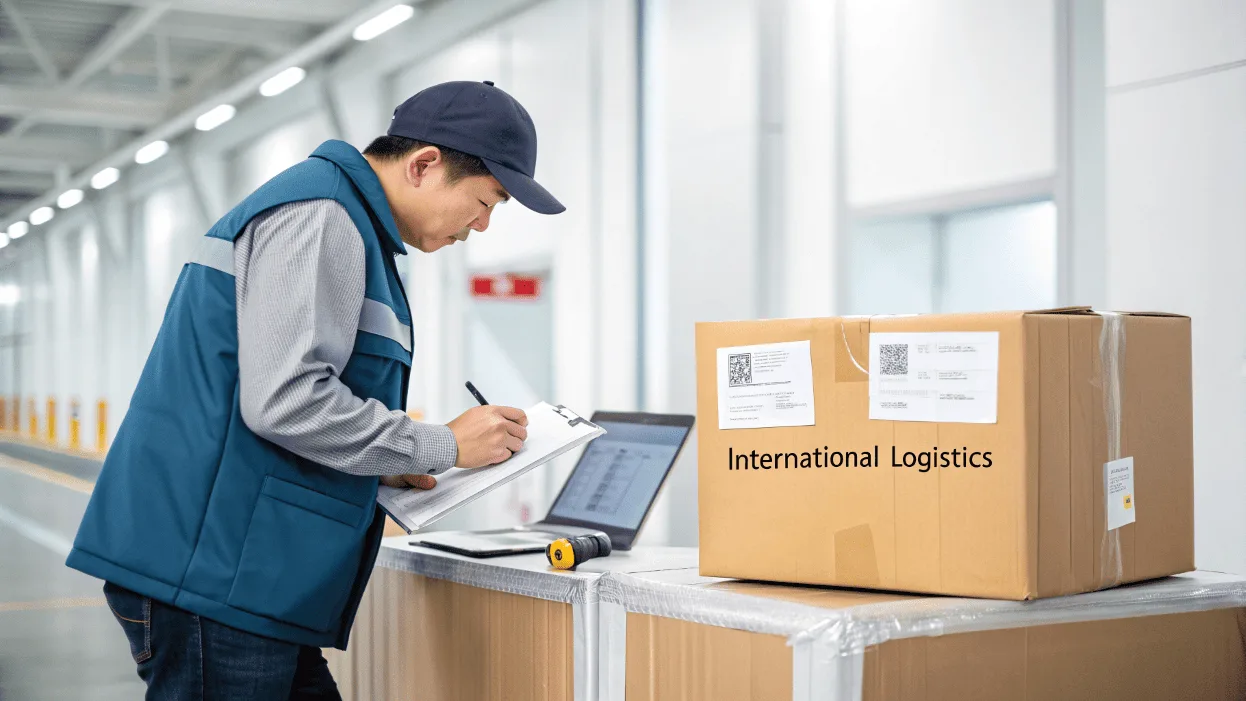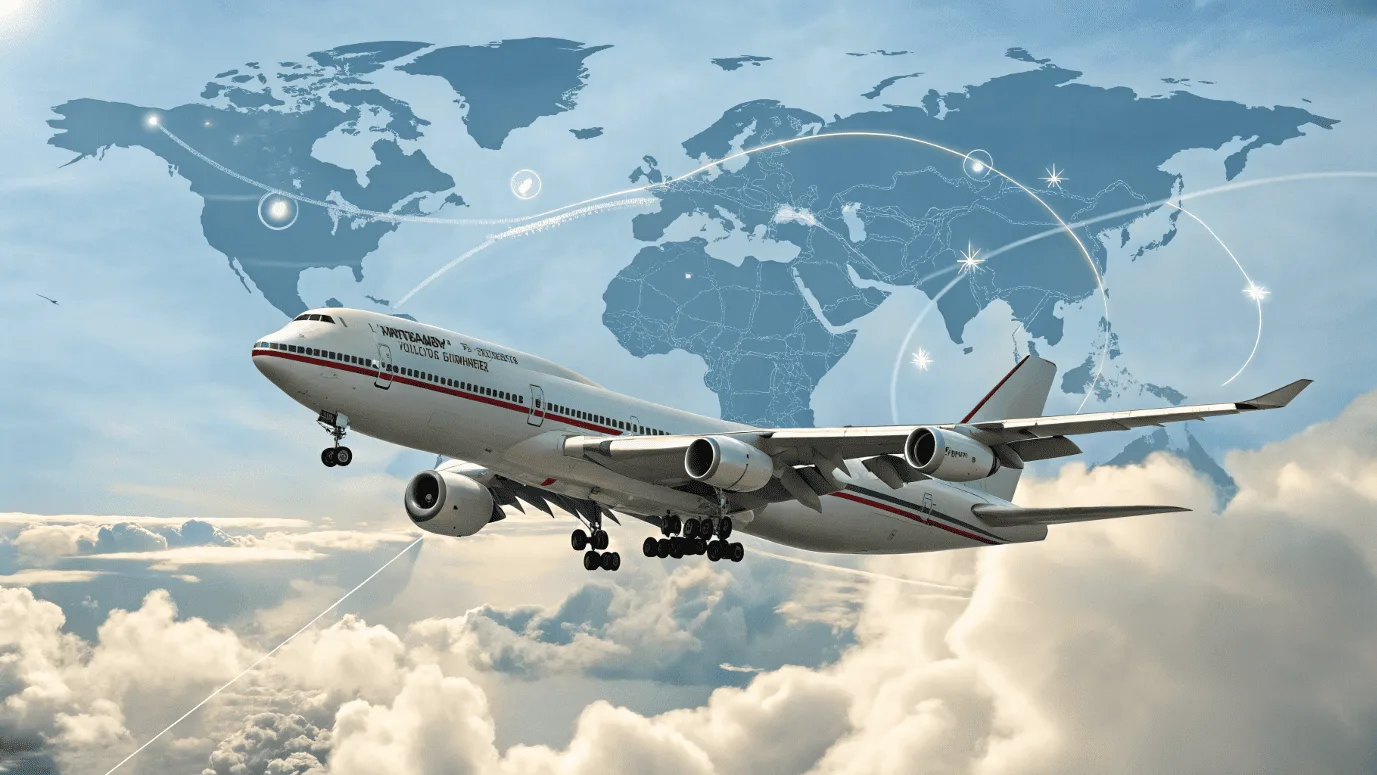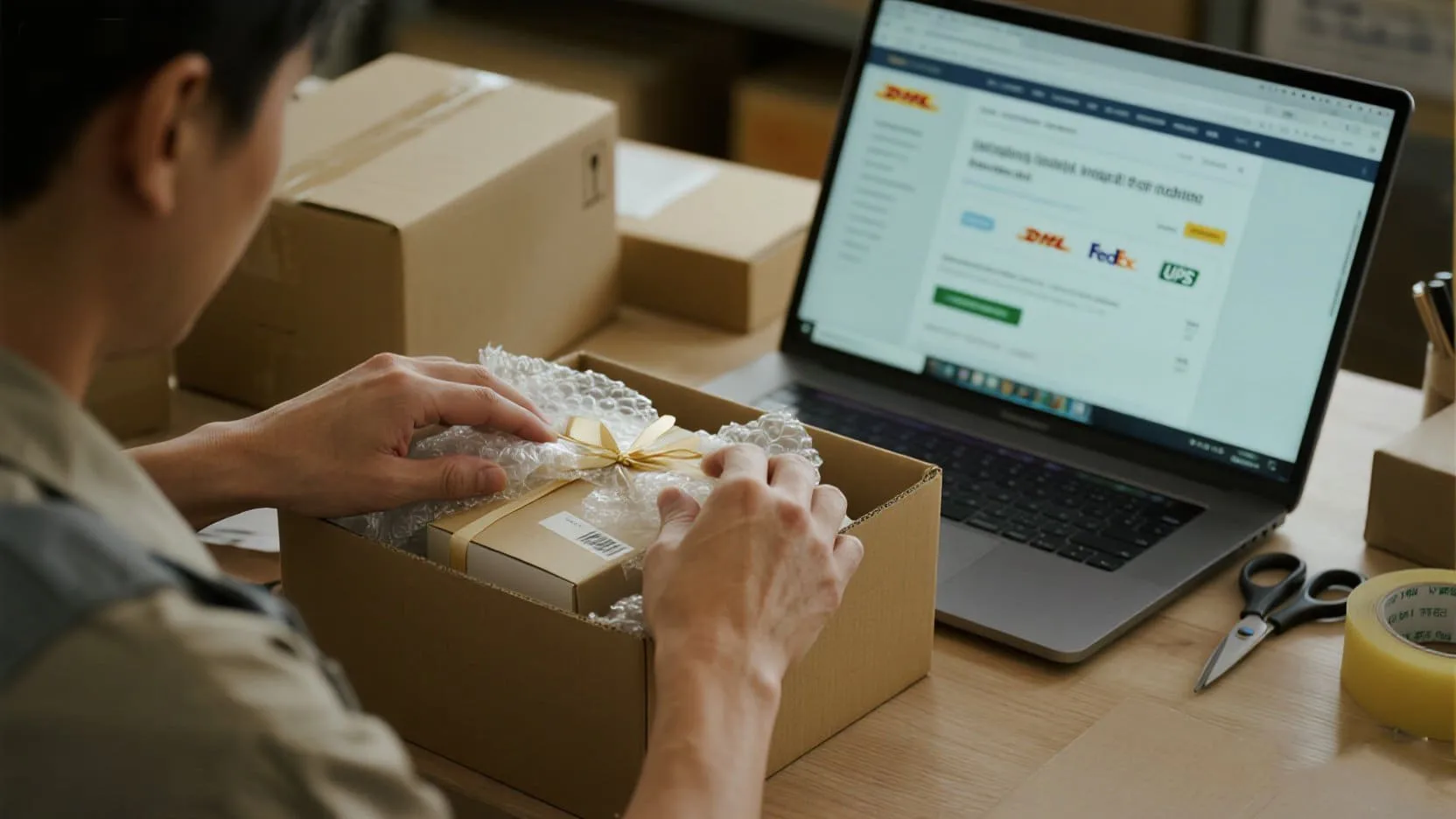Trying to grow your brand globally? But worried about customs delays, hidden fees, and damaged goods? I will show you how to navigate the complexities with confidence.
To ship internationally, you must complete a customs form, calculate duties and taxes for the destination country, choose a reliable carrier, and package your product securely for a long journey. Proper preparation is the key to avoiding delays and unexpected costs.

The global market is a huge opportunity, but it’s filled with new rules and potential pitfalls. I’ve seen countless e-commerce businesses stumble at this stage. It’s not just about putting something in a box and sending it off. It’s about strategy, from the documentation down to the type of cardboard you use. As the founder of Omet Packaging, I’ve spent over a decade helping brands prepare their products for the world stage. Let’s break down the essential steps so you can expand your business smoothly and professionally.
How Do You Prepare Your Package and Paperwork for Customs?
Are your packages getting stuck at the border? Confused by all the required forms and codes? I will show you how to get your paperwork right every time.
You must accurately fill out a customs declaration form (like a CN22 or Commercial Invoice). Include a detailed description of the goods, their value, and the correct Harmonized System (HS) code. This information is critical for customs clearance and calculating taxes.

This is where most businesses get into trouble. Customs officials are not mind-readers. Any ambiguity can lead to delays, fines, or even the return of your package. As a packaging expert who helps brands ship from China to the world, I can’t stress this enough: be precise. Your package is on an international journey, and its passport is the paperwork attached to it. If that passport has errors, the journey stops. I once helped a client who sold artisanal leather wallets. Their shipments were getting held up because their description just said "gifts." We worked with them to change it to "Men’s bifold wallet, cowhide leather," and the problem disappeared. Details matter.
The Commercial Invoice1
This is your primary document. It should list the seller, the buyer, a detailed description of every item, the quantity, the value of each item, and the country of origin2. Be honest about the value; undervaluing goods to avoid taxes is illegal and will cause major problems.
The HS Code
The Harmonized System (HS) code1 is a universal classification number for products. You need to find the correct code for your item. For example, a cotton t-shirt has a different code than a silk shirt. You can find these codes on your government’s trade tariff website2. Getting this wrong is a common reason for delays.
How Do You Calculate and Handle International Shipping Costs?
Are surprise fees eating into your profits? Do customers abandon carts because of high shipping costs? I’ll explain the hidden costs so you can price your shipping correctly.
The total shipping cost includes the carrier’s fee, fuel surcharges, insurance, and duties and taxes. These import fees are set by the destination country and are usually paid by the recipient unless you offer a Delivered Duty Paid (DDP) service.

Nobody likes surprise costs, especially your customer. Understanding the full cost breakdown is crucial for your business model. The price you see on a carrier’s website is often just the beginning. For our e-commerce clients, we always advise them to think about the total "landed cost." This is the grand total cost of getting a product from your warehouse into your customer’s hands. Failing to account for this can destroy your profit margins or lead to angry customers who are presented with an unexpected bill from their local customs office. A transparent, all-inclusive price is a powerful tool for building international customer trust.
Understanding Duties and Taxes
Duties are tariffs on the goods themselves, while taxes are often a Value Added Tax (VAT)1 or Goods and Services Tax (GST) applied by the destination country. These percentages vary wildly. You must research the de minimis2 value for each country—this is the value threshold below which no duties or taxes are charged.
DDP vs. DDU
You have two main options for handling these fees.
- Delivered Duty Unpaid (DDU)1: The customer is responsible for paying import fees upon arrival. This can create a bad customer experience.
- Delivered Duty Paid (DDP)2: You, the seller, pay all the fees upfront. It provides a clear, final price for your customer and is often the preferred method for building a strong international brand.
How Do You Choose the Right Packaging and Carrier?
Worried your products will arrive broken after a long journey? Unsure if DHL, FedEx, or a postal service is best for you? Let me help you make the right choices.
Choose a carrier based on speed, cost, and tracking capabilities. Use strong, double-walled corrugated boxes for protection. Ensure you use enough internal cushioning like bubble wrap or packing peanuts to prevent any movement inside the box during rough handling.

The package itself is your product’s first line of defense. International transit is rough. Your box will be dropped, stacked, and exposed to different climates. At Yiwu Omet Packaging, this is our specialty. We provide clients with BSCI and FSC-certified packaging that’s not just beautiful but incredibly durable. A flimsy box might save a few cents, but a damaged product and an unhappy customer will cost you much more. The goal is zero movement. Shake your sealed box. If you can hear or feel the item shifting, you need more filler. We once helped a cosmetics brand whose glass bottles were shattering during transit to the US. We designed a custom insert from corrugated cardboard that held each bottle perfectly in place. Their breakage rate dropped to nearly zero.
Choosing a Carrier
| Carrier Type | Best For | Pros | Cons |
|---|---|---|---|
| Express Couriers (DHL, FedEx, UPS)1 | Speed, valuable items, tracking | Fast, excellent tracking, DDP options | Most expensive |
| Postal Services (e.g., USPS, EMS) | Low-cost, non-urgent items | Affordable, good for small parcels | Slower, tracking can be less reliable |
| Freight Forwarders2 | Bulk shipments, B2B | Cost-effective for large volume | Complex, not for single packages |
For most e-commerce brands, express couriers offer the best balance of reliability and customer-friendly features like robust tracking. This gives both you and your customer peace of mind.
Conclusion
Shipping internationally requires careful documentation, cost calculation, and robust packaging. Master these steps to expand your brand globally, build customer trust, and avoid costly mistakes.Omet Packaging offers a wide range of packaging supplies to help you properly ship your parcels to destinations near or far. If you have any questions about shipping costs and shipping methods to your country, you can contact us and we will give you a satisfactory answer.




